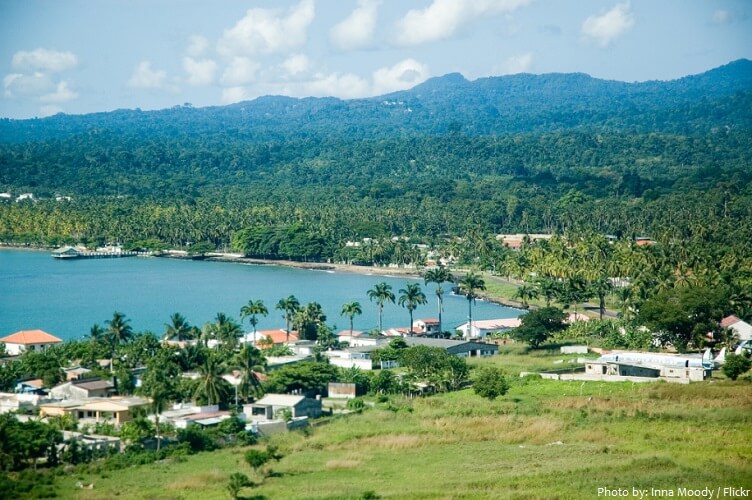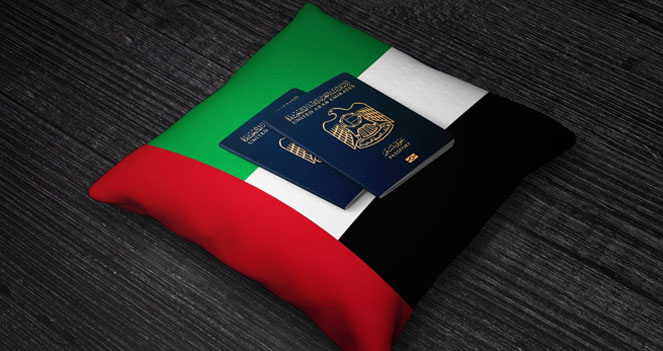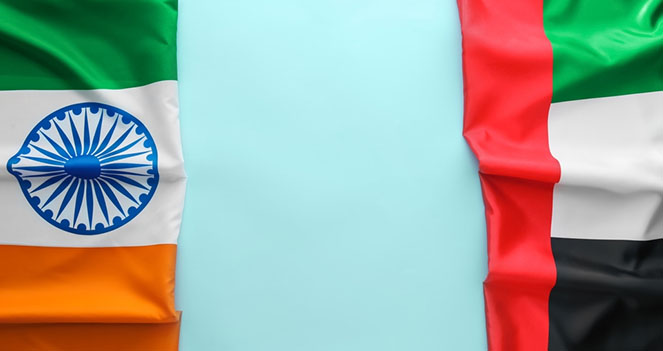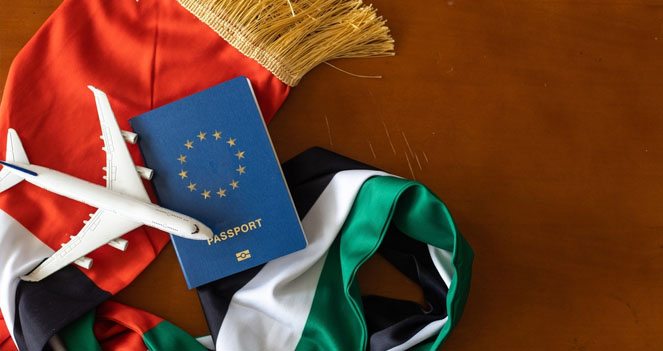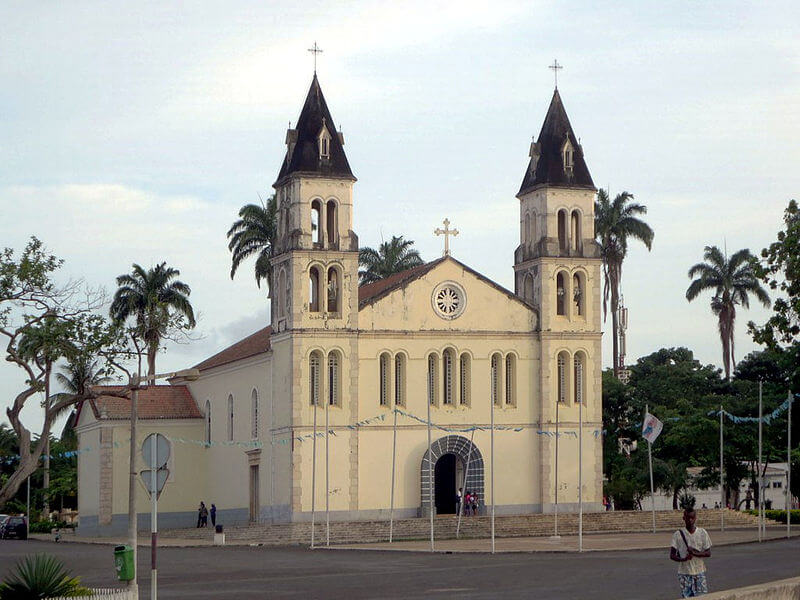
Traveling to Sao Tome and Principe shouldn't be bogged down by complicated visa applications. At VisitsVisa, we take the stress out of the process, offering a streamlined and efficient e-visa solution. Whether you're yearning for sun-drenched beaches or embarking on a business venture, our user-friendly online system simplifies your journey. Ditch the paperwork woes and embrace the convenience of applying from the comfort of your home. Our 24/7 customer support ensures a smooth and worry-free experience, allowing you to focus on the excitement of exploring this captivating island nation.


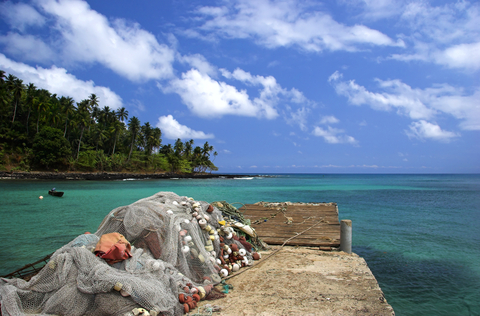
 Qatar
Qatar 